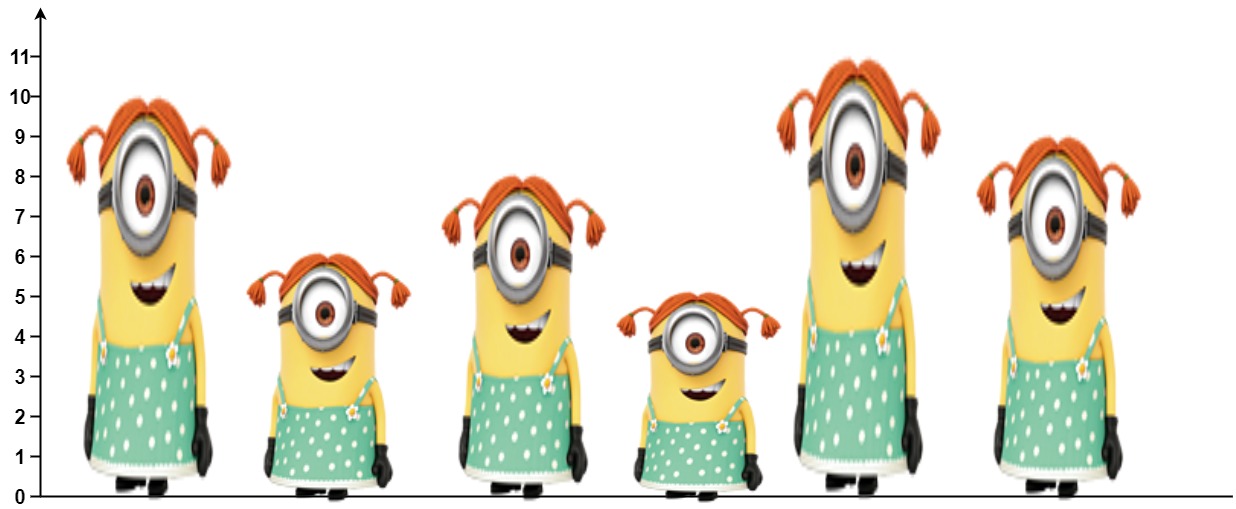原题链接在这里:https://leetcode.com/problems/number-of-visible-people-in-a-queue/description/
题目:
There are n people standing in a queue, and they numbered from 0 to n - 1 in left to right order. You are given an array heights of distinct integers where heights[i] represents the height of the ith person.
A person can see another person to their right in the queue if everybody in between is shorter than both of them. More formally, the ith person can see the jth person if i < j and min(heights[i], heights[j]) > max(heights[i+1], heights[i+2], ..., heights[j-1]).
Return an array answer of length n where answer[i] is the number of people the ith person can see to their right in the queue.
Example 1:

Input: heights = [10,6,8,5,11,9] Output: [3,1,2,1,1,0] Explanation: Person 0 can see person 1, 2, and 4. Person 1 can see person 2. Person 2 can see person 3 and 4. Person 3 can see person 4. Person 4 can see person 5. Person 5 can see no one since nobody is to the right of them.
Example 2:
Input: heights = [5,1,2,3,10] Output: [4,1,1,1,0]
Constraints:
n == heights.length1 <= n <= 1051 <= heights[i] <= 105- All the values of
heightsare unique.
题解:
From left to right, maintain a mono decreasing stack. Use the index in the stack.
When hitting a number >= stk top, stk top index could see this new number. res[stk.pop()]++.
After popping, if there is still index in the stk. that index could also see the new number.
Then push the latest index into stack.
Time Complexity: O(n). n = heights.length.
Space: O(n).
AC Java:
1 class Solution {
2 public int[] canSeePersonsCount(int[] heights) {
3 int n = heights.length;
4 int[] res = new int[n];
5 Stack<Integer> stk = new Stack<>();
6 for(int i = 0; i < n; i++){
7 while(!stk.isEmpty() && heights[stk.peek()] <= heights[i]){
8 res[stk.pop()]++;
9 }
10
11 if(!stk.isEmpty()){
12 res[stk.peek()]++;
13 }
14
15 stk.push(i);
16 }
17
18 return res;
19 }
20 }
标签:People,int,Number,1944,heights,person,see,Person,stk
From: https://www.cnblogs.com/Dylan-Java-NYC/p/18123608